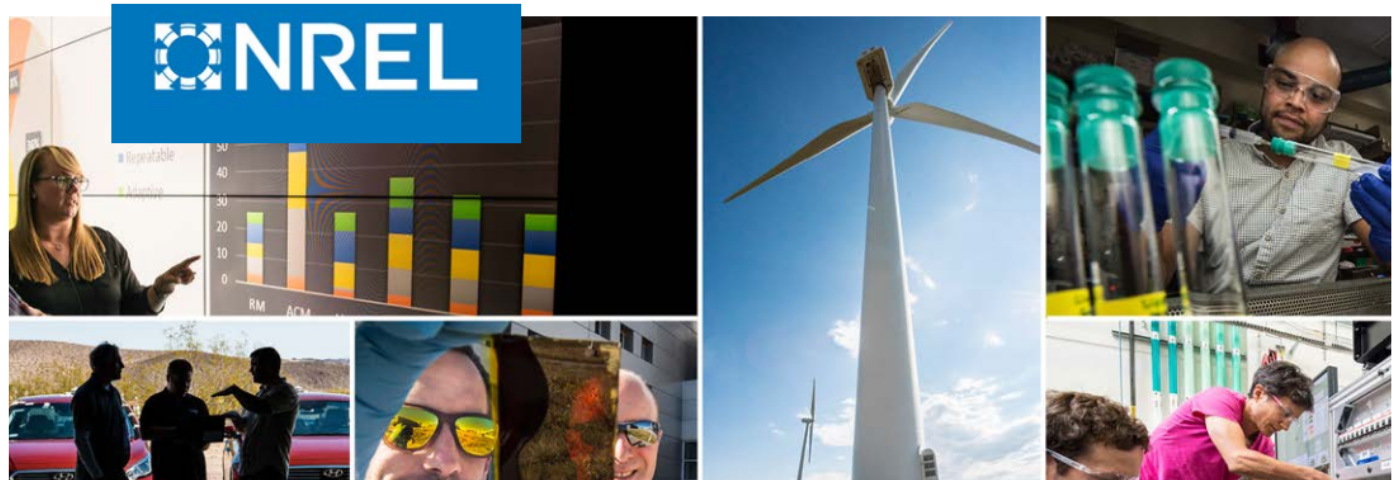A big, diverse, and skilled staff is required due to the complexity of offshore wind generation installations. Learning about the potential and demands of business will help educational institutions, state governments, labour organisations, and others develop education and training programmes that will meet these needs. However, there are still gaps in our understanding of and ability to meet national workforce requirements.
The United States now has offshore wind power in various stages of development totaling 40 gigawatts (GW). This level of buildout represents a significant opportunity to generate employment, expand a supply chain, revive working waterfronts, and contribute to the decarbonisation of the American electric grid while also satisfying state procurement requirements and the Biden administration’s target of 30 GW by 2030.
Reaching the 2030 Offshore Wind Energy Goals
Based on 25% and 100% domestic content scenarios, respectively, average annual employment levels (full-time equivalent [FTE]/year] are estimated at 15,000 and 58,000 to install 30 GW of offshore wind capacity in the United States by 2030. The jobs supported by offshore wind activities, also known as induced impact jobs, are not included in this estimate; rather, it only covers the direct and indirect offshore wind jobs related to the creation, production, installation, and operation of offshore wind energy plants.
In the following five industry sectors, specific job numbers are projected:
- Development
Based on scenarios with 25% and 100% domestic content, respectively, the average annual employment levels (FTE/year) from 2024 to 2030 are anticipated to be 800 and 3,200.
- Manufacturing and supply chains
Based on scenarios with 25% and 100% domestic content, the estimated average annual employment levels (FTE/year) from 2024 to 2030 are 12,300 and 49,000, respectively.
- Ports and staging
Based on 25% and 100% local content scenarios, respectively, the average annual employment levels (FTE/year) from 2024 to 2030 are anticipated to be 400 and 1,600.
- Maritime construction
The expected average annual employment levels (FTE/year) from 2024 to 2030 are 500 and 2,100, respectively, based on scenarios with 25% and 100% domestic content.
- Operations and maintenance (O&M)
On the basis of domestic content scenarios of 25% and 100%, the average annual employment levels (FTE/year) in 2024 might range from 100 to 500, but over the long term, they could increase to between 600 and 2,300.
Offshore Wind Energy Workforce Development for the Future
Future labour demand can be best met with a regionally coordinated strategy. Stakeholders will be able to offer equivalent offshore wind-focused training and education while also coordinating the mobilisation of the workforce in complementary sectors to fulfil industry needs through collaboration on new and existing programmes. Importantly, if a diverse workforce is to be created fairly, conscious efforts will be required. The opportunities being created within the communities most impacted by offshore wind energy development will also help the deployment of offshore wind plants in the future, as well as the infrastructure needed to support them.
Identify the demand, supply, and recommendations for the Offshore Wind Energy Workforce
The U.S. Offshore Wind Workforce Assessment will identify the current and future demand for labour in the industry, spot workforce gaps, and suggest solutions to close those gaps and meet the needs of the sector.
Visit Oceanology International Americas right away to learn more about investigating, safeguarding, and managing the oceans and waterways of the planet sustainably.


